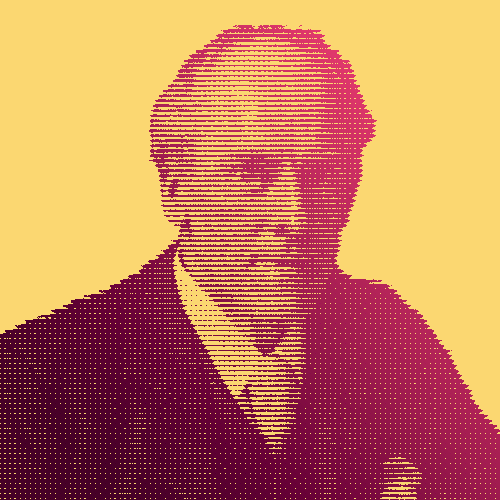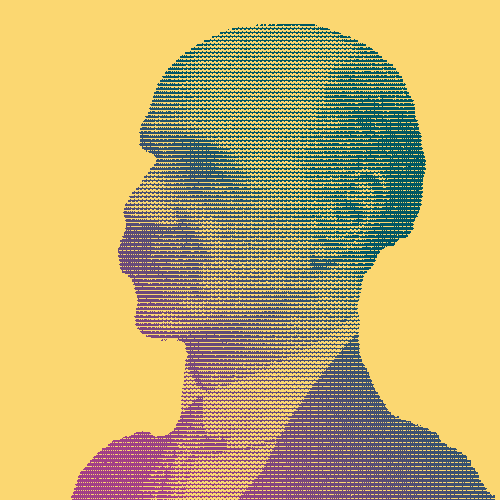Karl Pearson is widely viewed as the founder of modern statistics. In addition to discovering numerous statistical concepts, he pushed to create statistics as a distinct discipline, founding the first ever university statistics department and the first academic journal focused on the field. Unfortunately, like many intellectuals at the time, his attempts to study human populations led him to embrace genocidal politics.
The articles on historyofdatascience.com represent a diverse group of people from a variety of backgrounds, beliefs and historical periods. Their selection on this website is solely based on their contributions to the field of data science.
The views and opinions of people presented and expressed on this website are their own and do not necessarily reflect the values of Dataiku as a company nor do they constitute an endorsement by Dataiku.
If you are concerned by anything on this website, please contact us at alan.turing@dataiku.com
A Renaissance man
Pearson was born in 1857 into a middle class Quaker family in London. Beginning with his days as a student, Pearson voraciously pursued knowledge in every field, including literature, mathematics, philosophy, and the natural sciences.
“I rush from science to philosophy, and from philosophy to our old friends the poets; and then, over-wearied by too much idealism, I fancy I become practical in returning to science,” he wrote in his first book, The New Werther, a work of fiction written in the form of letters by a young man in Germany in search of a new philosophy.
Pearson was a devoted skeptic of many of the institutions governing British society during his life. He was an atheist who vehemently criticized Christianity as well as a socialist and anti-monarchist who refused recognitions from the British Crown, including a knighthood.
A vision for statistics
Although Pearson contributed to a number of fields, his most notable work came in statistics. He was the first to introduce the probability value, or p-value, which has since become a core tool of testing hypotheses in statistical studies in a wide variety of fields.
Just as important, Pearson developed novel tools for visualizing statistical studies. He is credited with crafting the first histogram. It’s a strikingly simple concept but one that makes it much, much easier for somebody to understand the significance of data.
Pearson also played a big role in developing statistical hypothesis testing and statistical decision theory, both of which are major components of modern statistical research. In 1911, Pearson founded a statistics department at the University College, London, the first such department in academia.
A devout racist
Like many intellectuals of the time, Pearson was a firm believer in discredited racial science. He believed not only in a hierarchy of races throughout the world, but also that it was preferable to eliminate or displace “inferior” races than for them to coexist alongside the “superior” race.
He also worried, like his mentor Francis Galton, that people in the professional classes in Britain weren’t reproducing as rapidly as those of “lower stock” and believed this could lead to genetic decline. In 1925, he decried the prospect of Jewish immigration to Britain, describing Jews as “inferior physically and mentally.”
Pearson died in 1936, just as Nazi Germany began to implement a genocide largely premised on eugenics ideology.
Key Dates
-
1892
The Grammer of Science is published
Pearson publishes The Grammar of Science, which covers a number of concepts, including relativity of motion, that would influence Einstein and other prominent 20th century scientists.
-
1896
Regression, Heredity, and Panmixia is published
Pearson publishes “Regression, Heredity, and Panmixia,” the first paper to discuss correlation theory.
-
1935
Pearson refuses knighthood
Pearson refuses a knighthood offered by King George V.




